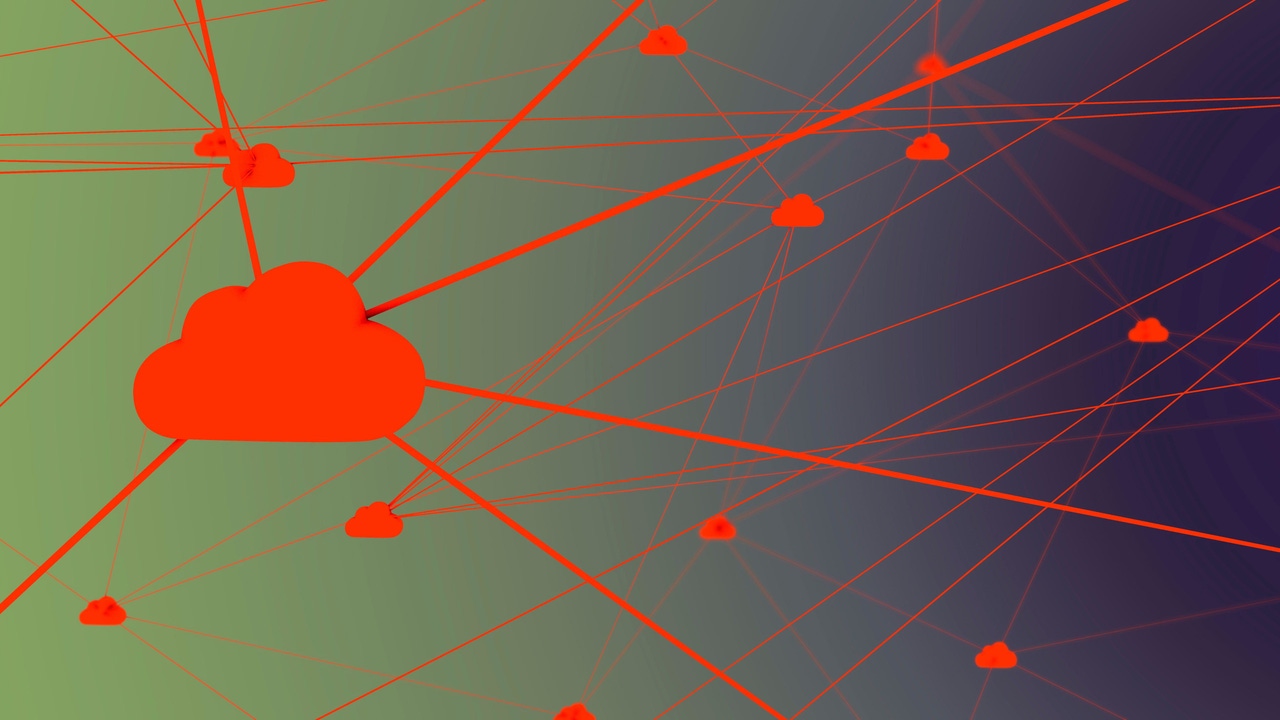
Insight and analysis on the data center space from industry thought leaders.
The Role of Edge-to-Cloud Infrastructure in Shaping Digital TransformationThe Role of Edge-to-Cloud Infrastructure in Shaping Digital Transformation
Why is digital transformation critical for commercial facilities? And how does edge-to-cloud technology enable this transformation?

There’s a lot of discussion about “digital transformation.” But what exactly is it? Why is digital transformation critical for commercial facilities? And what technology enables this transformation?
With 91% of businesses engaged in some form of digital initiative, 87% of senior business leaders prioritize digitalization and 89% of all companies have already adopted a digital-first business strategy or plan to soon.
The global digital transformation market is expected to grow to $1 trillion by 2025. Businesses are investing profits to meet the needs of a connected, digitized world of end-users – from online banking, emails, texting, finding a place to eat, travel to, and products to purchase. Businesses are streamlining operations to expedite customer relations and services – one of many transformations occurring.
Most often the physical infrastructure where all digitization occurs – buildings – are the overlooked piece of the equation – unless something goes wrong. This, however, has been changing rapidly over the last few years.
Smart components have existed for decades in buildings. From HVAC to water systems, and everything in between. However, advances in cloud computing and IoT have introduced the concept of merging the disjoined systems to allow for huge efficiency leaps that otherwise would not have been possible.
Edging Toward End Users
Though cloud computing (and to an extent AI), has brought analytics power to buildings, one of the major technologies fully embraced by digitized commercial facilities is the rapid adoption of Edge infrastructure–computing near the application–in conjunction with the cloud, to digitize commercial facilities in a resilient fashion. Unlike the cloud transporting data to the cloud for processing, Edge infrastructure brings the distributed computing network closer to the users–and is powered by local, small computing power near the end- user and relies on the cloud only as a ‘director’ of operations. This Edge-to-cloud computing model allows IoT devices to stay small and affordable. It also allows localized computing power to expedite data processing across many applications without relying on high throughput and consistent connectivity to a cloud hyper-scale or other data center hundreds or thousands of miles away.
A completely new market born out of this model admittedly reaches far beyond just buildings. Edge data centers have now been cropping up allowing distributed load capability near or at customer sites. With this new model, businesses gain expedited data processing capabilities with low latency–critical for digitized businesses responsible for providing uninterrupted, 24x7x365 connectivity and services. This has become advantageous not only for content delivery like content delivery networks (CDNs), but also across industry segments that are becoming increasingly more data-dependent such as healthcare, government, smart city applications, and even online gaming.
Within buildings however, commercial facilities can exploit this edge computing capability to transform on-the-fly data from building automation systems–from lighting, security cameras, emergency systems, elevators, access entry and exit doors, digital signs to heat/light sensors, monitoring occupancy, and energy usage, among others– into split-second decisions to drive efficiency changes. This critical data can then be used by the cloud to augment strategies at a much larger level across portfolios of locations globally.
This type of edge computing for facility management is now practiced across many sectors but is most apparent within the data center Colo or hyper-scale space. Users can deploy this model using an IoT platform in conjunction with their existing systems including environmental and DCIM solutions. Given this market’s low tolerance for failures or outages, this is a perfect model to drive uptime requirements and meet customers’ service-level agreements (SLAs).
The IoT platforms that supplement what already works (without costly replacements) are built around redundancy and can be strategically and affordably deployed with existing hardware and software solutions, and typically inter-networked without requiring on-site staff. This model allows for remote management and monitoring of an entire facility, and cohesive monitoring across facilities worldwide.
Real-Time Data: Real-Time Actionable Business Decisions
The key to edge computing is handling sizeable amounts of data that IoT devices can produce in conjunction with the existing inbuilding systems that would be difficult, risky, or cost-prohibitive to supplant. Given IoT devices and existing systems often provide raw and isolated data – IoT platforms consolidate, aggregate, and then analyze data in real-time, or farm it out to external tools in the cloud for specific needs (work order management, MOPs, etc.). The key here is not just about real-time context, given that IoT platforms provide a database of historical information – true actionable outcomes can be driven from data.
Facilities managers and operators with this wealth of actionable data, can impact positive change previously difficult or impossible to achieve. From optimizing energy usage across various facilities to improving customer/occupant comfort to pre-emptive maintenance of equipment to reverting costly expenditures and business operations disruptions–these are just some of the top cost-effective benefits for commercial facilities’ OpEx.
Read more of the latest edge data center news
While most IoT platforms allow for varied devices across different vendors to work seamlessly without a vendor lock, they don't replace building management systems or other purpose-built solutions for individual trades. Instead, they synergistically consolidate all the systems across building portfolios and help disaster-proof critical assets before major problems turn into irreversible disasters such as costly downtime which at large and mid-size enterprises, cost an average of over $300,000 an hour.
Across various commercial facilities– hospitals, shopping malls, airports, and more- managers who are leveraging Edge infrastructure can expedite service delivery and provide reliable performance improvements. As digital transformation becomes the norm, Edge in conjunction with cloud in synergy with IoT Platforms are the most cost-effective solutions to expedite rapid oversight and performance improvements of global facilities.
About the Authors
You May Also Like











